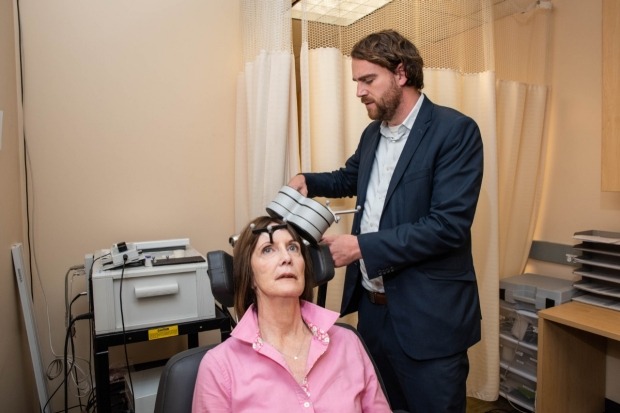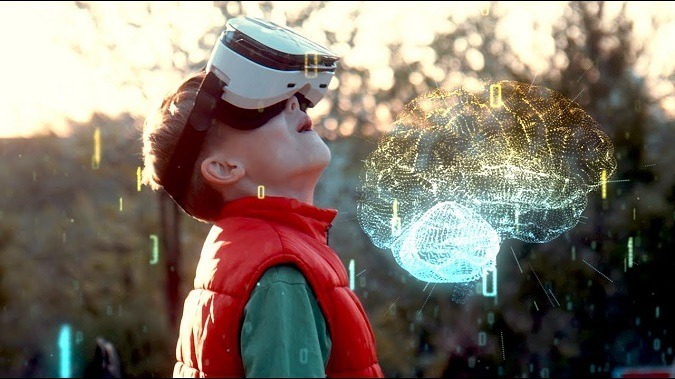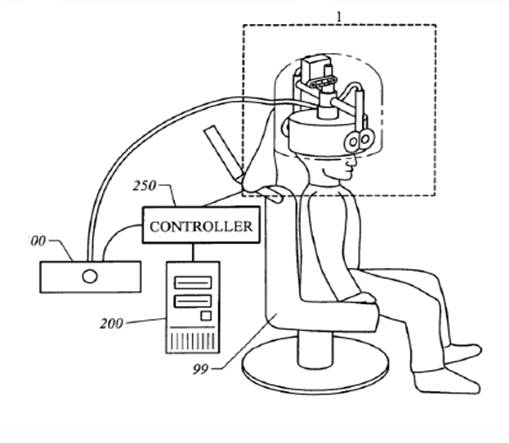Posts Tagged ‘Stanford-University’
Reinventing depression treatment via transcranial magnetic brain stimulation (TMS)
___ Stanford researchers devise treatment that relieved depression in 90% of participants in small study (press release): “A new form of magnetic brain stimulation rapidly relieved symptoms of severe depression in 90% of participants in a small study conducted by researchers at the Stanford University School of Medicine … In transcranial magnetic stimulation, electric currents…
Read MoreHow to intervene early to address brain/ mental health problems: Examples in depression, epilepsy and smoking cessation
How to intervene early: Examples in depression, epilepsy and smoking cessation from SharpBrains We hope you enjoy this slidedeck supporting a fascinating, forward-looking session held at the 2019 SharpBrains Virtual Summit: The Future of Brain Health (March 7–9th). Full recordings are available for purchase here. 10.45am-12.15pm. How to intervene early: Examples in depression, epilepsy and smoking cessation Dr. Walter Greenleaf,…
Read MoreOctober 6–7th in Stanford University: Virtual Reality and Behavior Change in Psychiatry and Behavioral Health
Quick heads-up about a timely conference taking place late next week. What: This year the conference is completely devoted to virtual and augmented reality (VR/AR) technologies and behavioral change, exploring the application of immersive technologies for treating and researching addictions, ADHD, anxiety, PTSD, psychosis, pain, depression, psychosomatic illness and more. Where: Li Ka Shing Center for Learning…
Read MoreEnabling deep, focused transcranial magnetic stimulation (TMS): Key neurotechnology patent #34
Today we are sharing a key 2009 patent, assigned to Stanford University, that enables the stimulation of deeper structures of the brain without overwhelming superficial structures that are not the focus of treatment. (As mentioned, we are featuring a foundational Pervasive Neurotech patent a day, from older to newer by issue date) U.S. Patent No. 7,520,848: Robotic apparatus for…
Read MoreStanford University ranked #23 Holder of Pervasive Neurotech Intellectual Property*
The Office of Technology Licensing is responsible for the management of intellectual property assets at Stanford University, where neuroscience researchers have produced multiple pervasive neurotech patents that pertain mostly to cognitive state monitoring and transcranial magnetic stimulation.
Read MoreUpcoming market report on Pervasive Neurotechnology
Just a quick heads-up to the SharpBrains community: we are wrapping up a comprehensive market report on Pervasive Neurotechnologies (non-invasive, scalable, potentially ubiquitous). To learn when it becomes available, keep tuned via our e‑Newsletter. See below, in alphabetical order, a few of the organizations to be profiled in the report, given their relevant intellectual property portfolios…
Read More




